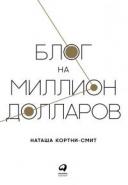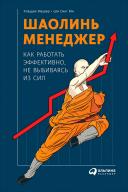Новые книги
hw_GetChildColl
| ||||||||||
hw_GetChildColl(PHP 3>= 3.0.3, PHP 4) hw_GetChildColl - object ids дочерних коллекций. Описаниеarray hw_getchildcoll (int connection, int objectID) Возвращает массив из object ids. Каждый object ID принадлежит коллекции, дочерней относительно коллекции с ID objectID. Функция не возвращает дочерних документов. См. также hw_children() и hw_getchilddoccoll(). | ||||||||||
| ||||||||||

